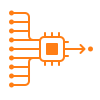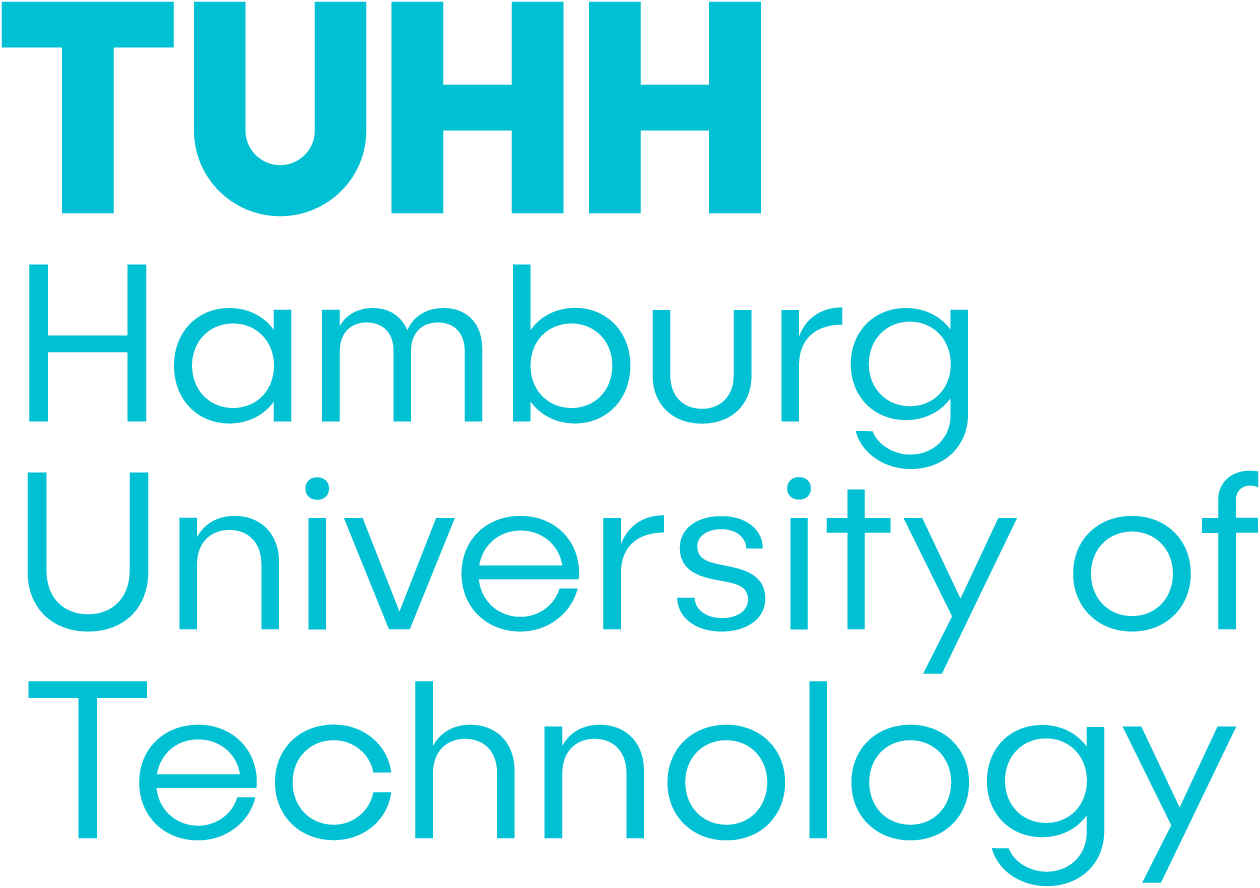EMC + SI/PI
EMC and the closely related signal and power integrity deal with the unintended generation, coupling, and reception of electromagnetic interference. This involves distinguishing between an aggressor, a coupling mechanism, and a receiver, and developing various approaches for all three aspects to ensure safe and reliable operation. Applications are found in all areas of the modern technological world. At our institute, we focus on solution approaches in various subfields.
EMC for Automotive

The popularity of electric vehicles is on the rise due to the need to reduce CO2 emissions and limit man-made climate destruction. Ambitious goals of high efficiency, as well as the trend towards more powerful electric vehicles, place significant stress on the electronic components in the power train. Simultaneously, electromagnetic emissions have to be mitigated to ensure regulatory compliance and operational reliability. This multi-objective, multi-physics design and optimization task requires novel modeling and design approaches.
Bio-EMC
 Ensuring electromagnetic compatibility (EMC) in biological environments, particularly within the human body, is crucial for the safe and effective operation of medical implants and wireless devices. Bio-EMC research aims to understand and mitigate EMC problems which potentially lead to adverse health effects. By addressing Bio-EMC within machine learning adaptation, we enhance solution efficiency to improve the reliability and safety of advanced medical technologies, ultimately improving human life and advancing healthcare innovations.
Ensuring electromagnetic compatibility (EMC) in biological environments, particularly within the human body, is crucial for the safe and effective operation of medical implants and wireless devices. Bio-EMC research aims to understand and mitigate EMC problems which potentially lead to adverse health effects. By addressing Bio-EMC within machine learning adaptation, we enhance solution efficiency to improve the reliability and safety of advanced medical technologies, ultimately improving human life and advancing healthcare innovations.
Signal Integrity
 Advancing and researching signal integrity is crucial to meet the increasing demands for higher data rates in modern communication systems. By leveraging machine learning, iterative design cycles can be significantly accelerated, saving valuable time and resources. Robust and reliable signal transmission is essential to minimize error rates and sustainably enhance the performance of electronic systems.”
Advancing and researching signal integrity is crucial to meet the increasing demands for higher data rates in modern communication systems. By leveraging machine learning, iterative design cycles can be significantly accelerated, saving valuable time and resources. Robust and reliable signal transmission is essential to minimize error rates and sustainably enhance the performance of electronic systems.”
Power Integrity
 Advancing in the design of printed circuit board based systems result in increasing design challenges, e.g. higher integration densities of components, higher switching frequencies, due to higher data transfer rates. Providing the sufficient, and stable power to the system, is fundamental to ensure the proper functioning of the system. Resulting in increasing design challenges, new tools and methods are required to speed up the demanding design process of the power delivery network of the printed circuit board.
Advancing in the design of printed circuit board based systems result in increasing design challenges, e.g. higher integration densities of components, higher switching frequencies, due to higher data transfer rates. Providing the sufficient, and stable power to the system, is fundamental to ensure the proper functioning of the system. Resulting in increasing design challenges, new tools and methods are required to speed up the demanding design process of the power delivery network of the printed circuit board.
EMC Nearfield Measurements

Advances in 5G/6G communications, integrated circuit (IC) technology, and artificial intelligence (AI) are driving the increasing use of wireless consumer electronics, such as smartphones, wearables, and Internet of Things (IoT) devices, in our daily lives. This proliferation raises concerns about electromagnetic interference between devices and prolonged EMF exposure to human body. Given the rapid pace of product development and the high failure rate in meeting regulatory requirements, innovations are needed to make electromagnetic field measurement fast, smart, and efficient.

